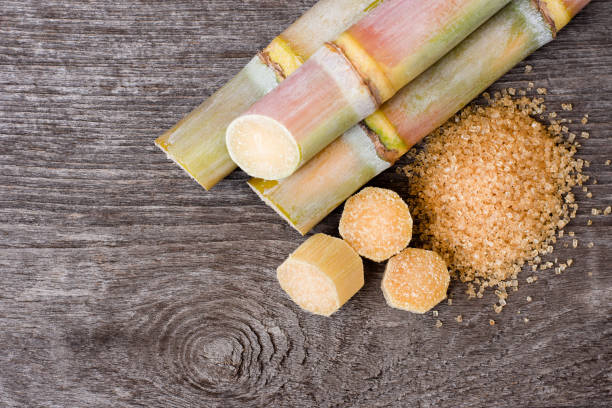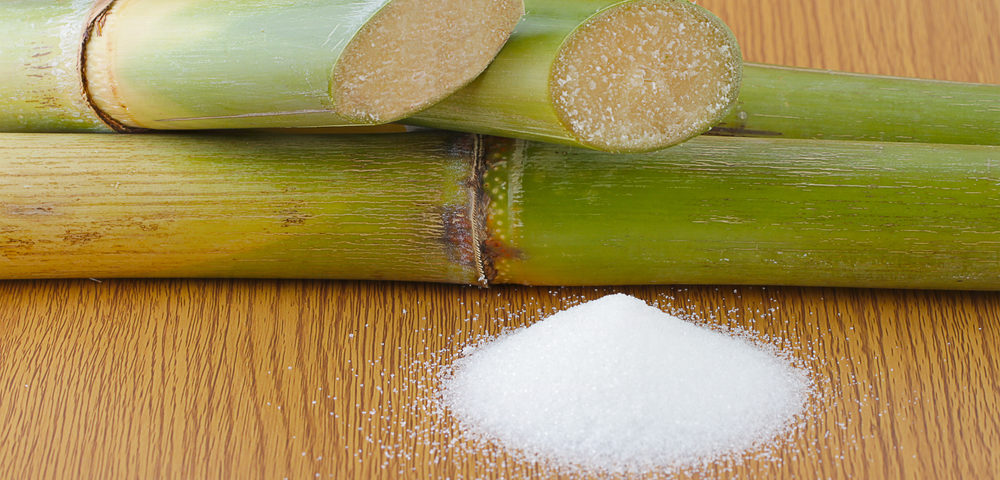Sugar and Cane: Exploring Their Role in Traditional and Modern Cuisine
Wiki Article
Why Walking Cane Sugar Processing Chemicals Are Vital for Modern Sugar Refining
The duty of walking stick sugar handling chemicals in modern sugar refining can not be overemphasized, as they are integral to boosting both the performance of removal and the general high quality of the final product. Agents such as phosphoric acid and particular flocculants are used to eliminate pollutants, leading to sugar that not only satisfies customer expectations however also complies with sector standards. Nevertheless, the effects of these chemicals extend past top quality, touching upon market dynamics and environmental factors to consider. This raises essential concerns concerning the sustainability of such methods and their effect on the future of sugar manufacturing.Duty of Handling Chemicals
The efficiency of cane sugar handling pivots dramatically on the strategic application of processing chemicals. These chemicals play a critical role in improving the effectiveness and quality of sugar extraction and refining. From the initial stages of juice removal to the last purification steps, handling chemicals facilitate various critical operations.In the removal stage, chemicals such as phosphoric acid and calcium hydroxide are utilized to enhance the clarification process, helping to get rid of contaminations and put on hold solids from the walking stick juice. This not just enhances the yield but also ensures the clearness of the end product. Furthermore, agents like flocculants aid in the quick settling of contaminations, therefore improving the overall procedure.
As the handling breakthroughs, chemicals are utilized in decolorization and condensation stages. Turned on carbon and ion exchange resins serve to get rid of shade and smell, making certain that the refined sugar meets customer quality criteria. Ultimately, the duty of handling chemicals prolongs past operational performance; they substantially influence the sensory characteristics of the end product, adding to market competition. Hence, the careful option and application of these chemicals are crucial for achieving optimal end results in walking stick sugar handling.
Secret Kinds of Chemicals
Walking cane sugar processing depends on a range of essential chemicals that promote each phase of manufacturing. These chemicals play important roles in clearing up, whitening, and detoxifying the sugar removed from walking stick.One primary classification of chemicals consists of flocculants, such as polyacrylamide, which help in the information procedure by advertising the gathering and settling of contaminations. Additionally, calcium hydroxide is typically utilized to reduce the effects of acidity and aid in the elimination of non-sugar components.
Lightening agents, such as triggered carbon and sulfur dioxide, are used to decolorize the syrup, resulting in a clearer end product. These chemicals aid get rid of color substances that might affect the sugar's look and marketability.
Additionally, phosphoric acid acts as a pH regulatory authority during the handling stages, making sure ideal conditions for the enzymatic activities entailed in sugar removal and filtration.
Various other crucial representatives include edta (ethylenediaminetetraacetic acid), which chelates metal ions that could militarize unwanted responses, and salt hydroxide, which assists in pH control throughout the refining process. Jointly, these chemicals boost efficiency and make certain a top quality walking cane sugar product.
Benefits for Sugar High Quality
Frequently forgotten, the usage of specific handling chemicals significantly enhances the general high quality of walking cane sugar. These chemicals play an essential function in refining processes, guaranteeing that the final item satisfies strict market requirements for pureness and taste.
In addition, refining chemicals aid in achieving a constant granulation and appearance, which are vital for customer approval. By regulating the crystallization procedure, these chemicals guarantee that the sugar crystals create consistently, resulting in a more appealing item that dissolves well in numerous applications.
In addition, making use of these chemicals can enhance the service life of walking stick sugar by minimizing wetness absorption and microbial development. Overall, the calculated application of processing chemicals is vital for providing top notch walking stick sugar that satisfies customer assumptions and market needs.
Environmental Influence Considerations

Additionally, the energy-intensive nature of sugar refining, worsened by chemical usage, typically leads to enhanced carbon emissions. This adds to environment modification and raises problems concerning the sustainability of present refining practices. In addition, the sourcing of these chemicals might include techniques that intimidate biodiversity, such as monoculture farming, which minimizes the durability of agricultural communities.

To alleviate these impacts, sugar refiners are increasingly checking out lasting choices and embracing finest techniques that decrease chemical use. Implementing strenuous ecological monitoring systems can help guarantee that the refining procedure aligns with environmental standards and advertises biodiversity. Ultimately, a well balanced technique that prioritizes both sugar quality and environmental stewardship is essential for the long-term viability of the sugar sector.
Future Patterns in Refining
As the sugar sector faces the environmental difficulties related to typical refining approaches, innovative strategies are emerging to enhance both performance and sustainability. One substantial fad is the adoption of green chemistry concepts, which prioritize using safe, biodegradable handling chemicals. This change not just minimizes ecological impact yet also addresses customer demand for cleaner manufacturing approaches.An additional appealing development is the execution of sophisticated filtration technologies, such as membrane splitting up and adsorption procedures. These methods enhance the clarity and high quality of the sugar while lowering the volume of wastewater produced throughout refining. In addition, the assimilation of electronic technologies, consisting of IoT and AI, is transforming functional performance by enabling real-time surveillance and predictive upkeep, hence lessening source waste.
Additionally, using byproducts from sugar refining, such as bagasse and molasses, is getting grip. These products can be transformed into biofuels or value-added items, adding to a circular economic situation within the sector. Collectively, these patterns signify a shift in the direction of even more sustainable practices that not only improve functional effectiveness yet likewise align with worldwide sustainability objectives, making certain the future feasibility of sugar refining.
Conclusion
Cane sugar handling chemicals are important in modern sugar refining, significantly improving the effectiveness and high quality of sugar extraction. The critical usage of these chemicals not just enhances the purity and taste of the last product yet also ensures regular condensation and texture. As the sector increasingly focuses on sustainability, the adoption of environmentally-friendly processing representatives find more information is most likely to shape future trends in refining, ultimately causing better products and expanded rack life for customers.:max_bytes(150000):strip_icc()/canesugarBURCUATALAYTANKUT-42971cd7f8b84b4fb756984c18728339.jpg)
Ultimately, a well balanced strategy that focuses on both sugar quality and ecological stewardship is necessary for the long-lasting viability of the sugar industry.
Cane sugar processing chemicals Discover More Here are necessary in contemporary sugar refining, dramatically boosting the effectiveness and high quality of sugar removal.
Report this wiki page